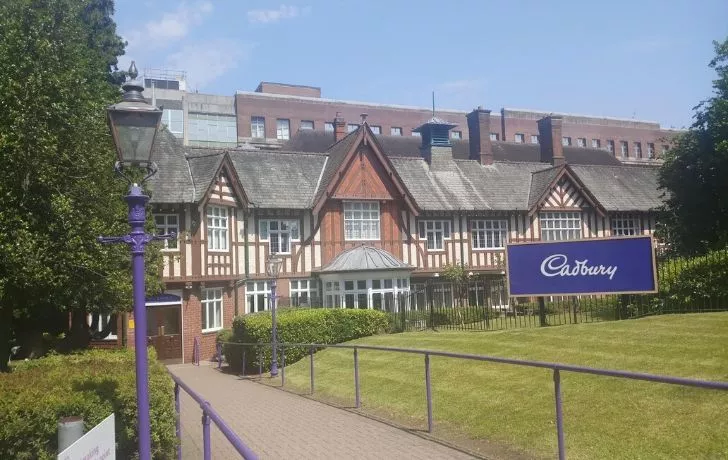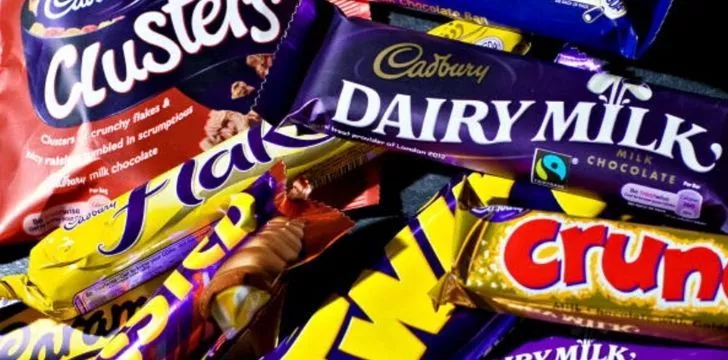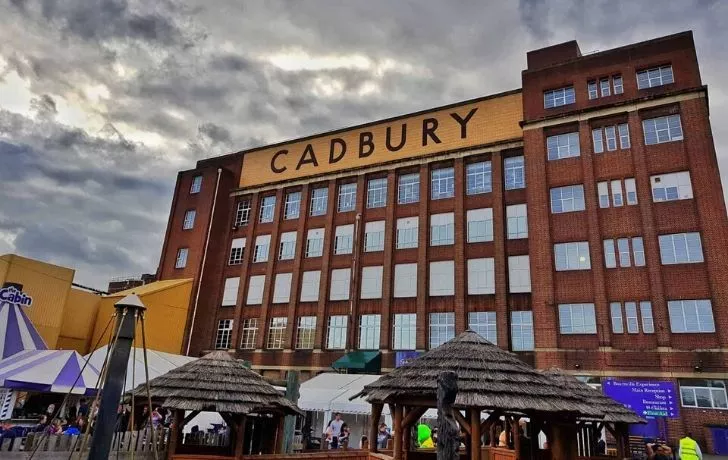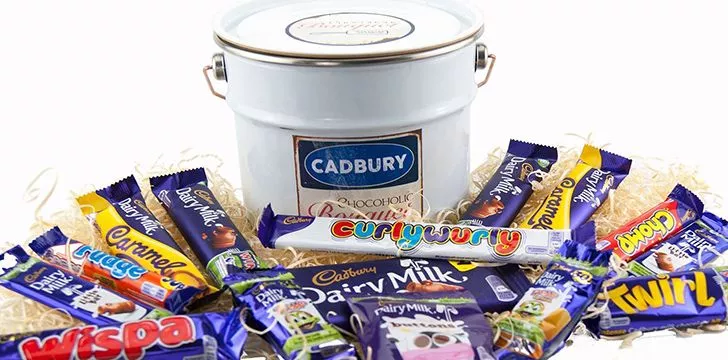Cadbury is one of the most popular brands in the world when it comes to confectionery.
Although its headquarters are in the United Kingdom, the brand can be found around the world, including throughout the USA, the Middle East and Asia.
The story of Cadbury began in Birmingham.

Birmingham is a city in the Midlands of England, UK. It was 1824 when John Cadbury decided to open a shop which sold tea, coffee and hot chocolate.
He was a Quaker who believed that one of the main causes of poverty in England was alcohol.
During this period, it was forbidden for Quakers to go to university or even join the army.
As a result, many of them started their own businesses or joined their families in small trades which were already established in the area.
Cadbury wanted his shop to make people think twice about buying alcohol, and instead opt for the better beverages which he produced.
Alongside 16 different varieties of drinking chocolate, John Cadbury also had 11 types of cocoa by 1842.
Although he had been managing on his own for 18 years by this point, his brother Benjamin decided they should join forces, and thus the trading name Cadbury Brothers of Birmingham was born.
In 1854, they became the official providers of cocoa to Queen Victoria, moving their headquarters down to London and becoming recipients of a Royal Warrant.
Despite this success, family bereavements and John’s poor health meant that by 1860 the business was passed over to George and Richard Cadbury, the sons of original founder John Cadbury.
After 4 years, George and Richard were making a huge profit, and became known worldwide as the best producers of pure cocoa butter.
Their factory was moved to the south of Birmingham, which was eventually named Bournville.
Not only was the factory itself called Bournville, but George Cadbury developed a whole estate in the surrounding area in which his staff members could live.
Following in his father’s footsteps to bring about social change and improvement, the housing and living conditions provided excellent facilities for people working at the Bournville factory and also their families.
In 1899, Cadbury focused solely on chocolate.

By 1899, Cadbury had become a limited company and was focusing solely on the production of chocolate rather than tea and coffee.
The first milk chocolate had been manufactured, and many new recipes from master chocolatiers had been shared and were fully underway in the factory.
Almost 3,000 new members of staff were employed in order to run the factory and help with the production of confectionery.
Cadbury’s supported troops during the WWI & II.
Between 1914-1918, hundreds of male workers at the Bournville factory went to serve in the army, and Cadbury supported them and their families during World War I.
Upon return, they were supported in their education and training.
When the war was fully over, Cadbury decided to open its first ever factory outside of the UK, choosing Tasmania as its destination.
This promoted the brand further afield and around the world, making Cadbury even more popular.
1918 wasn’t the end of war, unfortunately, and in 1939 when the Second World War broke out, Cadbury stepped up yet again to support the troops and help with the war efforts.
The Cadbury St. John’s Ambulance unit housed many injured and wounded soldiers, while the factory was made into somewhat of a manufacturing unit for pilot seats and other equipment which was needed.
Some of the staff helped to plant crops around the area so that more food could be sent to the troops, and Cadbury’s chocolate itself was considered an essential, not only with families around the United Kingdom, but also for the troops who were fighting overseas.
Rationing still continued after the Second World War ended in 1945, and finally came to an end in 1954.
Over the years, Cadbury has partnered with many other corporations & brands.

The first partnership was with J.S. Fry & Sons in 1919 after the First World War ended.
The next one wasn’t until 1969 when Cadbury partnered together with Schweppes, a popular manufacturer of soft drinks and tonic water.
By 2008, things changed yet again as Schweppes was split into other companies and it wasn’t quite so straightforward anymore.
However, in 2010, the huge Kraft Foods company bought Cadbury for a staggering £11.5 billion (equal to almost $19 billion).
At the same time, the American-based Hershey company was also interested in buying Cadbury, but they couldn’t compete with the offer from Kraft and decided not to join in a bidding war.
Kraft Foods split into two companies in 2012, one of which was Mondelez International.
This became the part of the company which was responsible for confectionery, so Cadbury fell under this.
In 2014, they announced that the Bournville area would be the recipient of a £75 million investment.
Now you know the whole history of the famous Cadbury’s chocolate, you’ll never eat your favorite sweet treats again without thinking of John Cadbury and the fascinating story behind the brand!


















